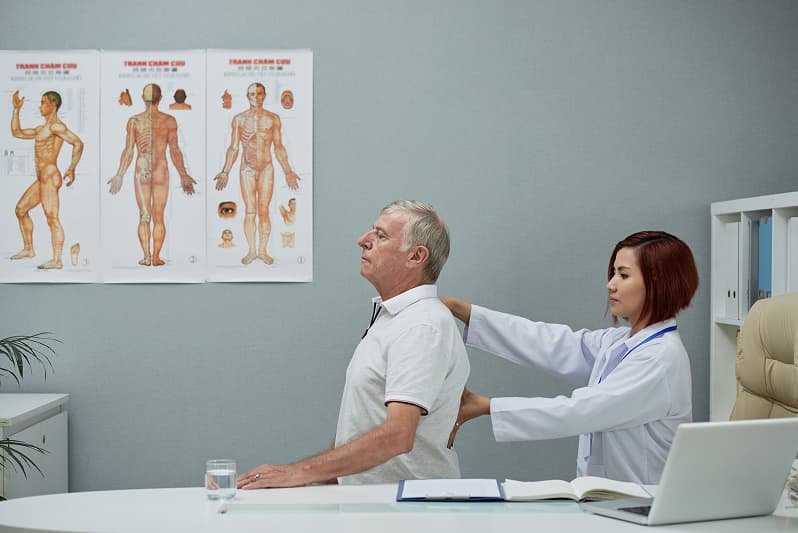Computed Tomography, widely known as a CT scan (or CAT scan), represents a powerful diagnostic tool that provides clinicians with detailed internal views of the human anatomy. This advanced imaging technique is instrumental in identifying various medical conditions, anomalies, and injuries. Unlike traditional X-rays which produce two-dimensional images, a CT scan combines a series of X-ray images taken from numerous angles around your body, using sophisticated computer processing to create comprehensive cross-sectional views. It's important to note that CT scans employ ionizing radiation to achieve these intricate insights. During a CT examination, the patient typically lies comfortably on a motorized table that glides into the center of the doughnut-shaped scanner. Inside the machine, an X-ray tube rotates rapidly, emitting a narrow beam of X-rays that pass through the body. Detectors on the opposite side measure the radiation that exits the body. A powerful computer then takes this vast amount of data from hundreds of different angles and constructs highly detailed slice-like images of bones, soft tissues, and blood vessels. These cross-sectional "slices" can even be digitally assembled to create accurate three-dimensional representations of organs and structures, aiding in precise diagnosis and treatment planning.

Key Advantages of CT Scans for Patients
Computed Tomography (CT) scans provide rapid, accurate imaging that aids in the diagnosis and monitoring of a wide range of medical conditions. Patients benefit from the following advantages:
- Quick and painless procedure, typically completed in just a few minutes.
- Non-invasive imaging technique that does not require recovery time.
- Provides highly detailed images for accurate diagnosis and treatment planning.
- Capable of detecting a wide range of conditions, including internal injuries, tumors, and infections.
- Allows visualization of bone, soft tissues, and blood vessels simultaneously.
- Widely available and often used in emergency settings for fast assessment of critical issues.




